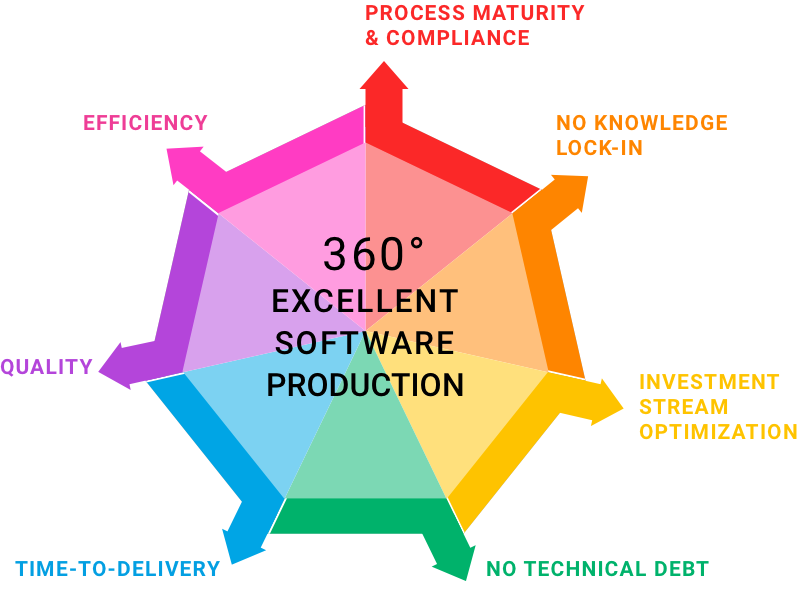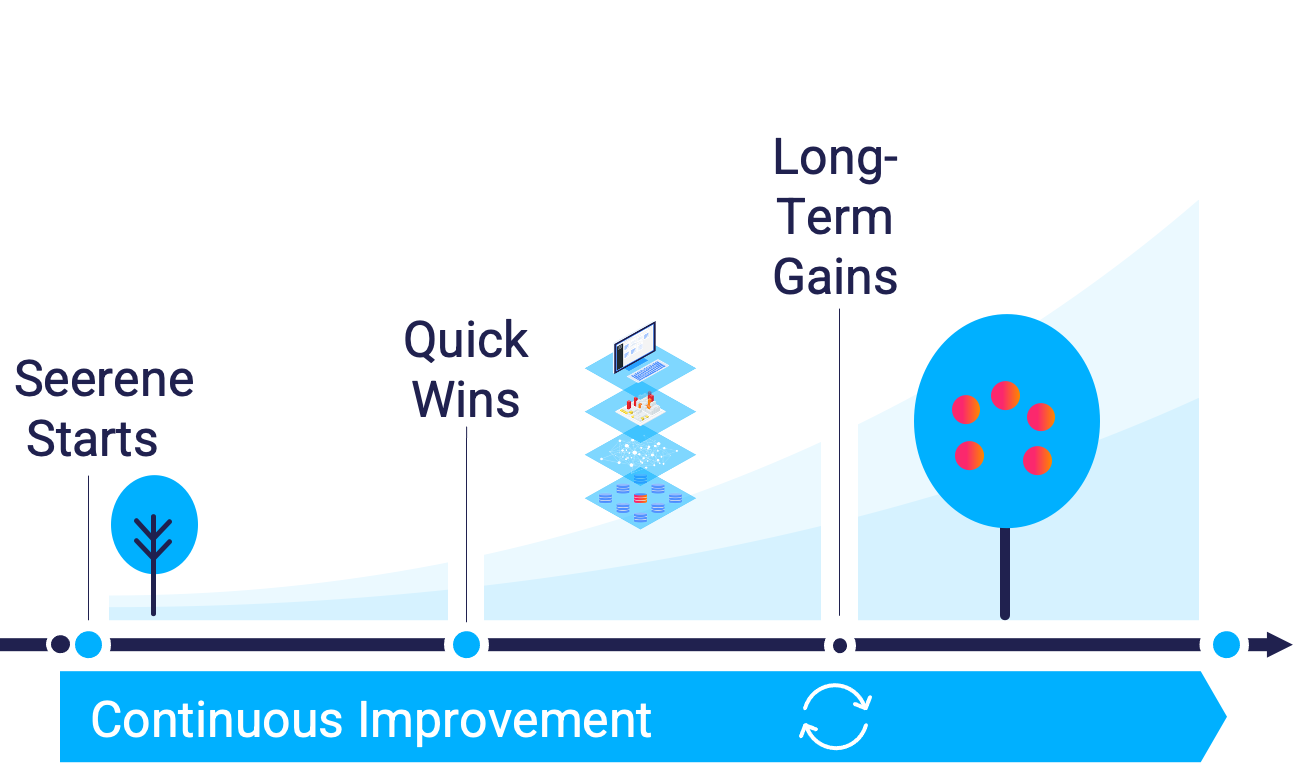In many software development organizations, the business demand for individual software systems fluctuates over time. Likewise, the number of developers necessary for each software system changes and the workforce allocation should be adjusted.
Such circumstances are oftentimes the case where software systems are IT applications used by the business side of the same company, e.g., sales, finance, operations, etc.
Generally, the internal customers will already have IT applications that support their business processes. In this case, the IT organization just has to maintain the systems (keep the lights on).
However, sometimes the business side needs to seize new opportunities or experiences changes in their business processes, with the subsequent need to extend or adapt the underlying IT systems.
The developer resources then need to be shifted from the software systems that were formerly in business focus to the now business-critical software systems.

You need to oversee the work on multiple software systems and it is difficult to detect when the business side reduces the amount of incoming requirements for a specific system. As a result, your organization carries wastefully over-allocated software factories that squander precious developer power, which could be used to create business value elsewhere instead.
Identifying the resources most suitable for shifting from one software system to another - without endangering further implementation work on the systems - is a delicate task and can often lead to “political discussions” between the affected software factories in the absence of fact-based arguments.

Seerene helps you to detect a misallocation of developer resources, so you can identify those developers who can be reallocated to another software system without draining critical knowledge. Such fact-based decisions would improve the culture in your organization and avoid “political discussions”.
When 3rd-party development vendors are involved, it is particularly important to identify the knowledge-carrying developers of each software system. The vendor may have its own, and potentially conflicting, agenda regarding how to provide you with developers.

August-Bebel-Str. 26-53
14482 Potsdam, Germany
hello@seerene.com
+49 (0) 331 706 234 0
Generative AI Seerene GmbH
August-Bebel-Str. 26-53
14482 Potsdam, Germany
hello@seerene.com
+49 331 7062340